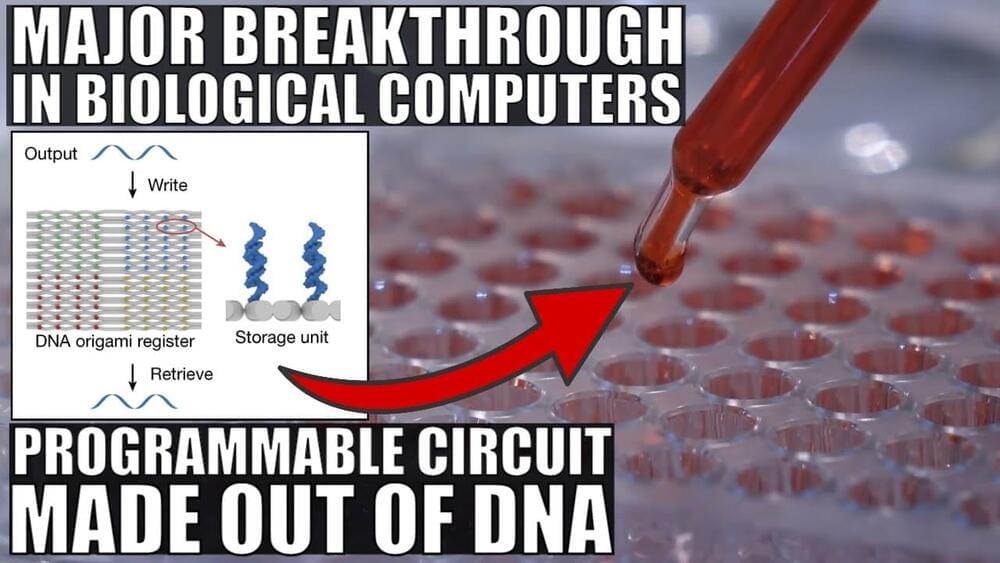Oct 14, 2023
Artificial Photosynthesis Breakthrough — Researchers Produce Hybrid Solid Catalysts
Posted by Omuterema Akhahenda in categories: engineering, genetics, solar power, sustainability
Researchers at Tokyo Tech have demonstrated that in-cell engineering is an effective method for creating functional protein crystals with promising catalytic properties. By harnessing genetically altered bacteria as a green synthesis platform, the researchers produced hybrid solid catalysts for artificial photosynthesis.
Photosynthesis is how plants and some microorganisms use sunlight to synthesize carbohydrates from carbon dioxide and water.


















